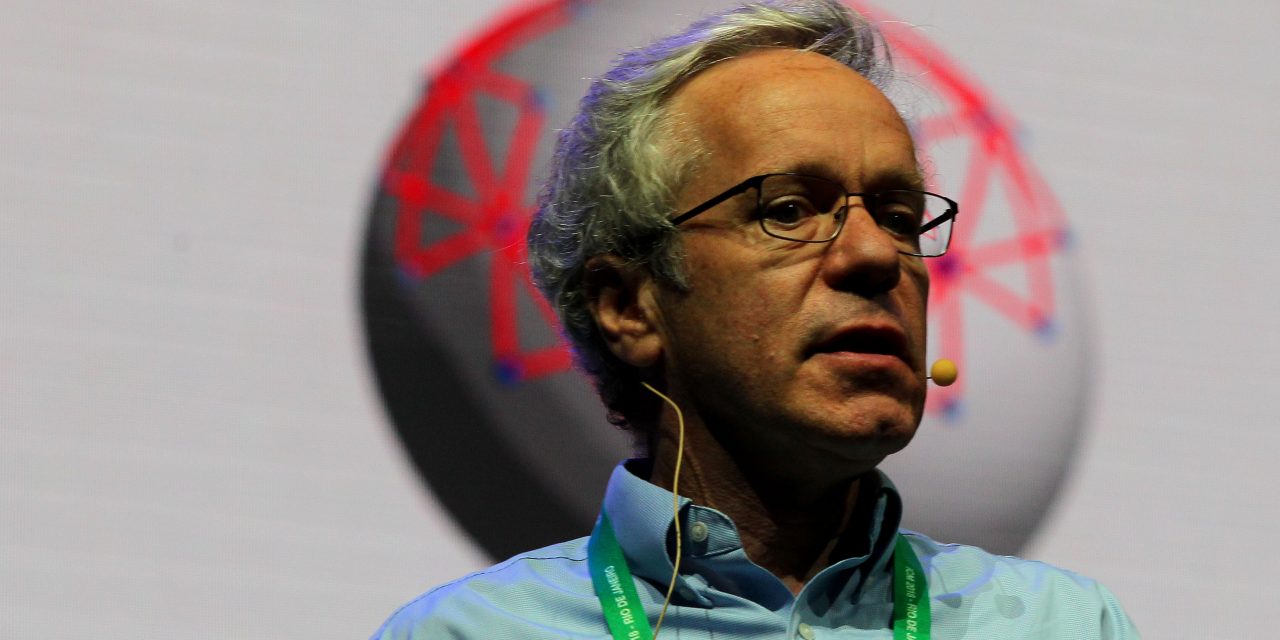August 6, 2018, 12:54 pm

Peter Kronheimer (UK) and Tomasz Mrowka (USA) are studying the applications of 3 and 4-dimensional topology. This morning at ICM 2018, they jointly presented the plenary session titled “Knots, three-manifolds and instants” where they united prevailing theories that underlie unknot detection and visualization. Using the new developments of the Yang-Mills theory and gauge theory, they highlighted the productive conclusions gathered in the fields of 3 dimensional topology and knot theory.
Kronheimer is a British mathematician and William Caspar Graustein Professor of Mathematics at Harvard University. In addition to topology, Kronheimer studies how Tait colorings of trivalent graphs may be applied to unknot detection. Tait colorings describe geometric designs with 3 colors and distinct colors at vertices of intersecting geometric forms in planar graphs. Tait theory dates back to 1884, however it is still strong influencer in understanding topology.
Read more:

Plenary Lecture 11 – Peter Kronheimer (USA) and Tomasz Mrowka (USA). In photo, Tomasz Mrowka.
Mrowka is an American mathematician and a Singer Professor at MIT. He specializes in differential geometry and gauge theory and uses the applications of Yang Mills equations to analyze low-dimensional mathematical objects. At ICM 2018, he unveiled how he has applied Kohanov homology to unknot detection and the vitality of studying topology to proving many other theories.
Kronheimer and Mrowka have revolutionized contemporary understanding of unknot detection through uniting multiple theories including Morse theory, Gauge theory, Kohanov homology and non-vanishing theorem. They were awarded the Doob Prize for their book Monopoles and Three-Manifolds. They also have been the deciding influencers in long-standing conjectures in topology which led to their joint award of the 2007 Veblen Prize.